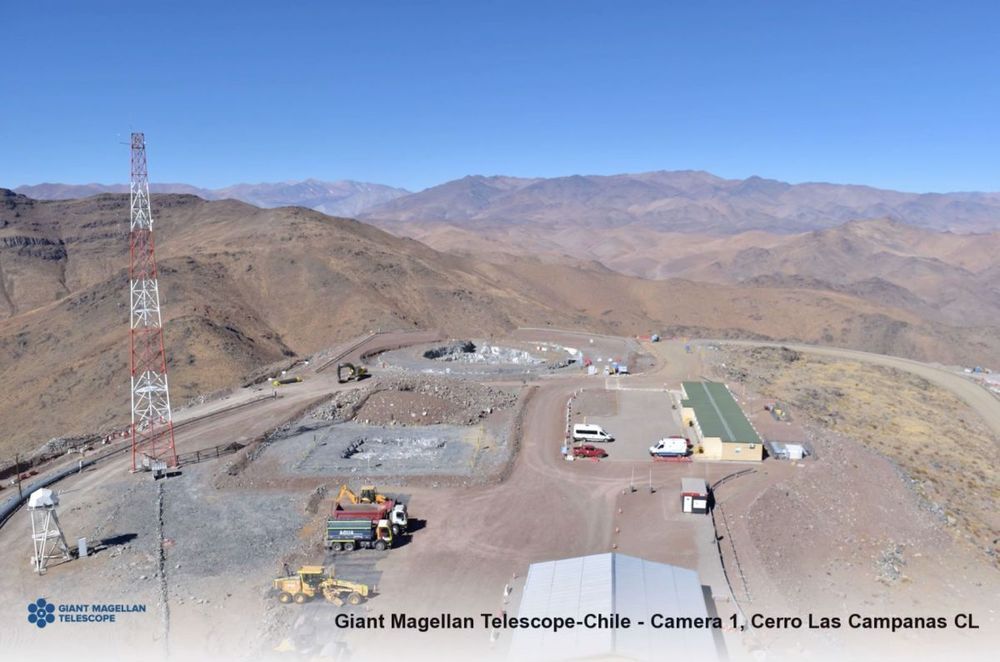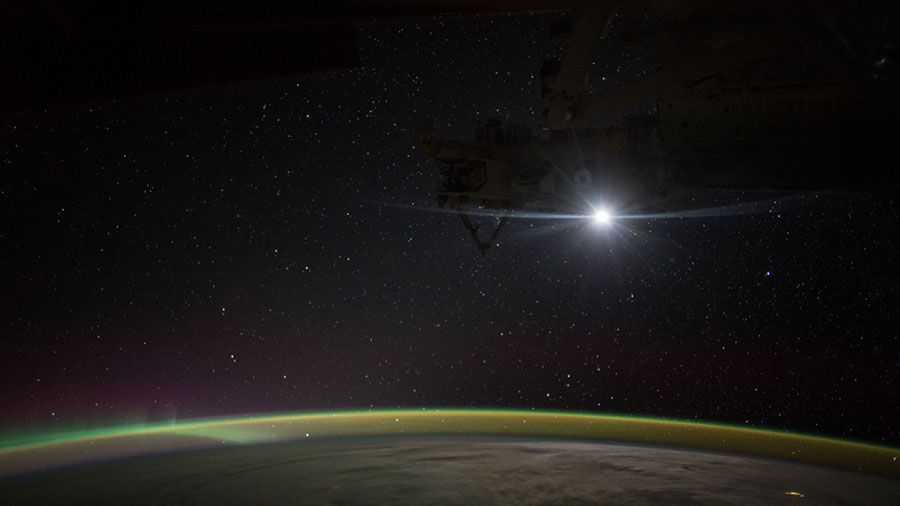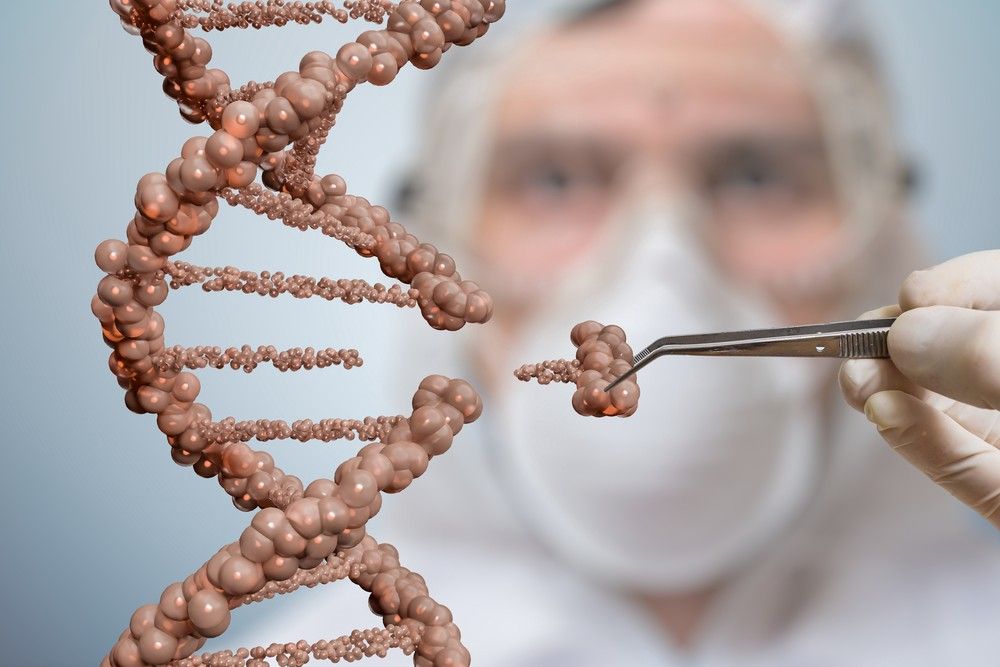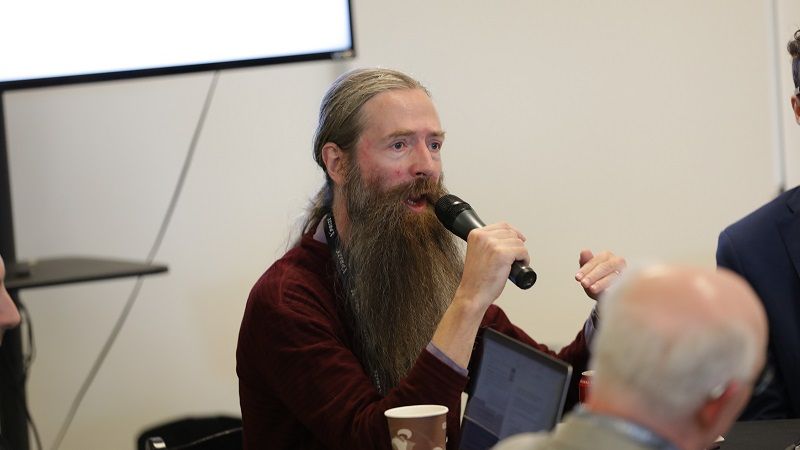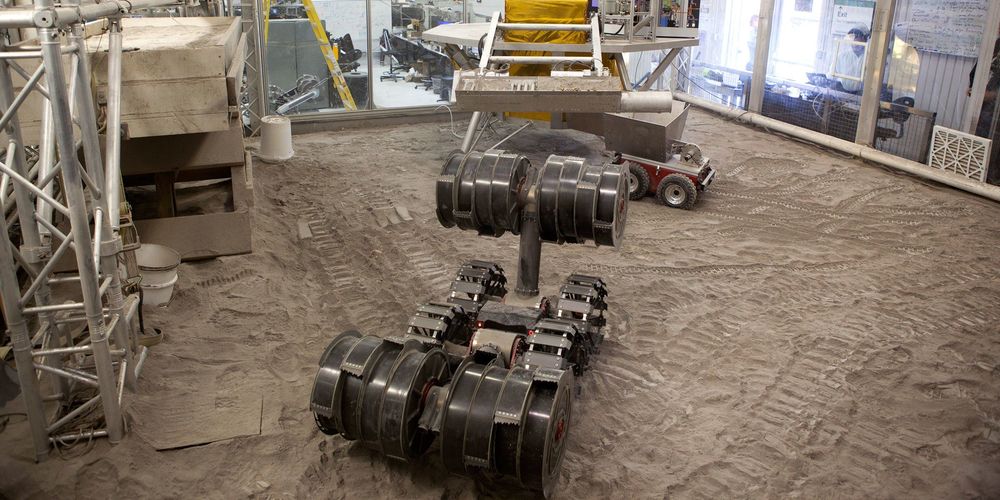Liquids, with their flowing dynamics, are often far from equilibrium. This makes it particularly hard to model processes in soft matter or living tissue, which contain liquids. New research from the University of Tokyo’s Institute of Industrial Science (IIS) offers an elegant approach to modeling the self-organization of out-of-equilibrium systems.
Such systems naturally try to self-organize into more stable states. Colloidal suspensions—homogeneous suspensions of undissolved particles in a liquid, which are widespread in nature—tend to separate out over time if colloids strongly attract with each other. A major difficulty in modeling this process is the complex dynamical interaction between colloids and liquid. The two components have very different dynamics that are hard to unite in a single model.
The IIS study, published in Nature Computational Materials, resolves this through an approach termed fluid particle dynamics (FPD). Instead of being treated as solids, the suspended colloid particles are simulated as undeformable highly viscous liquid droplets. This effectively makes the colloidal suspension a binary liquid mixture, and removes the need for complicated treatment of a solid-liquid boundary condition.

